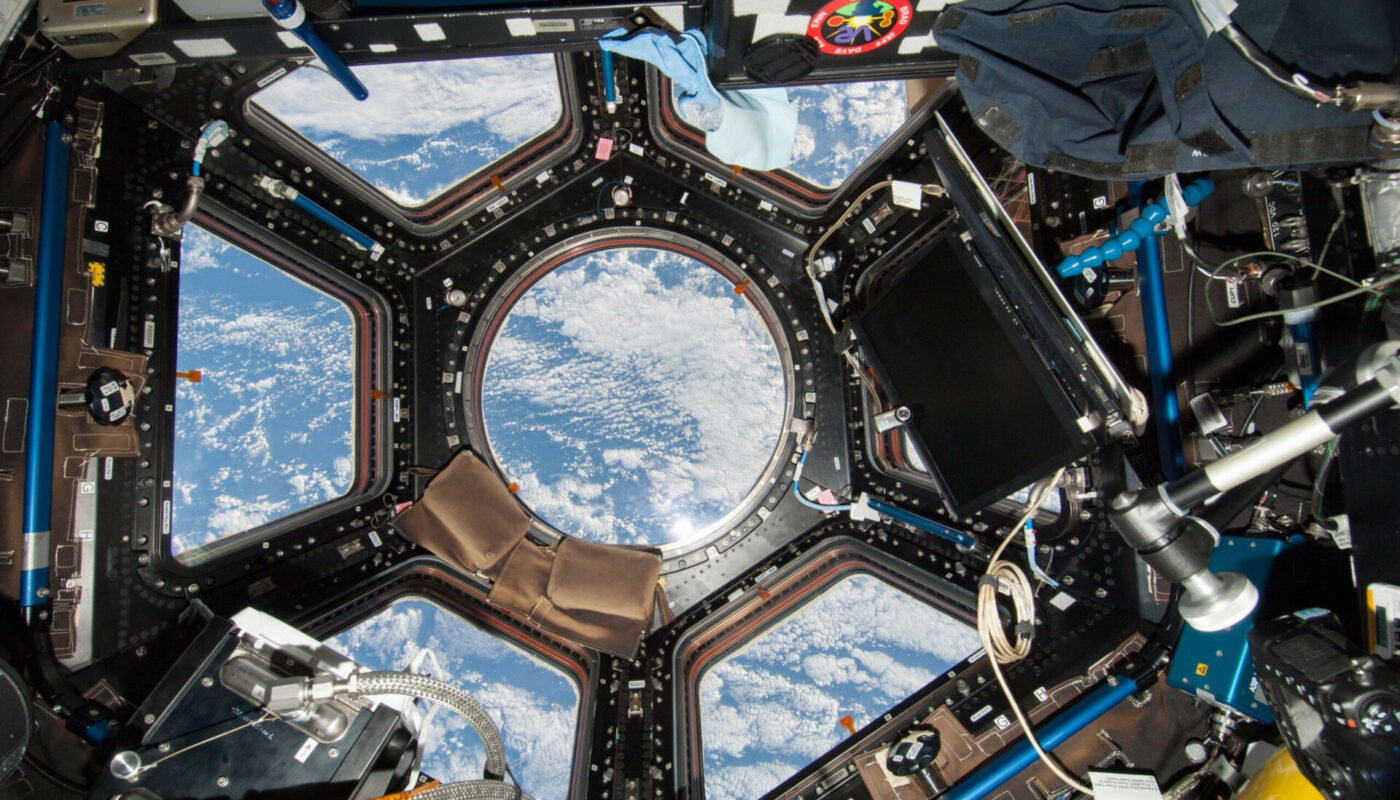Space ground station equipment forms the critical backbone for communication and control between spacecraft in orbit and ground control stations on Earth. This sophisticated gear enables vital functions like telemetry, tracking, commanding and monitoring of satellites and space probes.
Telemetry Systems
Telemetry systems allow ground stations to receive telemetry data from satellites. Telemetry refers to measurements of various parameters collected by sensors on the satellite like temperature, voltage, position etc. Modern telemetry systems can receive large volumes of telemetry data from multiple spacecraft simultaneously.
The main components of a telemetry system include telemetry antennas, receivers, demodulators and telemetry processors. Telemetry antennas ranging from 7-30 meters in diameter are used to receive radio signals from satellites. Receivers detect and amplify the weak signals. Demodulators extract the telemetry data embedded in the radio carrier waves. Telemetry processors then decode, display and record the telemetry data for further analysis.
Sophisticated software enables telemetry analysts to monitor spacecraft health in real time. Any anomalies detected can prompt corrective actions. Telemetry is crucial for launch operations, spacecraft commissioning and ongoing mission management. It helps engineers troubleshoot issues and optimize satellite performance.
Tracking Systems
Tracking systems enable Space Ground Station Equipment to determine the precise location and velocity of satellites. This is critical for establishing reliable communication links. Tracking antennas accurately point towards satellites as they move rapidly across the sky.
Doppler shift measurements from tracking receivers are used to calculate satellite range, range-rate and ephemeris data. Arrays of tracking antennas provide redundant measurements for reliability. Precise orbit determination software correlates tracking data with predicted orbital models.
Some key components of a tracking system are tracking antennas, radars, laser retroreflectors, receivers and orbit determination computers. Modern tracking utilizes advanced techniques like radar ranging, laser ranging and GPS receivers on satellites. This has tremendously improved orbit accuracy to within centimeters – vital for proximity operations in space.
Commanding Systems
Commanding spacecraft systems from the ground is essential for mission control. Commanding systems allow ground controllers to uplink commands to execute satellite maneuvers, payload operations, system reconfigurations and more.
Command antennas transmit radio signals encoded with digital commands. Onboard receivers and command decoders then extract and process the ground commands. Ground simulators thoroughly test command sequences before transmission.
Commanding is a multi-step process involving mission planning, scheduling, command priming and playback. Dedicated command consoles provide an interface for engineers to generate, verify and send spacecraft instructions. Stringent procedure protocols are followed to avoid hazardous commanding errors. Redundant commanding paths ensure critical tasks can still succeed in contingencies.
SatCom Networks
Modern ground stations are networked together in Space Communications and Navigation (SATCOM) networks. This integrated systems approach maximizes global satellite coverage, increases reliability and facilitates international space cooperation.
SATCOM networks standardize network protocols, antenna configurations, control centers and ground communications infrastructure. They interconnect multiple ground stations distributed worldwide over unified high-bandwidth data links. Network control facilitates flexible routing of spacecraft tracking, telemetry and commanding functions.
Major SATCOM networks include NASA’s Space Network (SN), ESA’s ESTRACK network and India’s ISTRAC network. Commercial global SATCOM networks from operators like Intelsat complement these for certain applications. Networked ground stations achieve global spacecraft access typically within 12 hours on average.
Ground Data Systems
Finally, advanced data management systems aggregate, process and distribute all the telemetry, commanding, and tracking data flows across a ground network.
Mission Operations Centers host giant databases and server farms to handle terabytes of spacecraft data. Engineers access centralized archives and manage multi-satellite operations through unified graphical user interfaces and consolidated display walls. Correlation of real-time and archival data fuels insightful analyses.
In summary, while spacecraft push the boundaries of exploration, ground stations here on Earth play a critical behind-the-scenes role by serving as the lifeline for mission teams. Advanced ground segment technologies ensure our space assets function nominally as intended while expanding scientific knowledge with each new discovery. Continued modernization will help maximize space partnership opportunities in the coming decades.
*Note:
1. Source: Coherent Market Insights, Public sources, Desk research
2. We have leveraged AI tools to mine information and compile it


